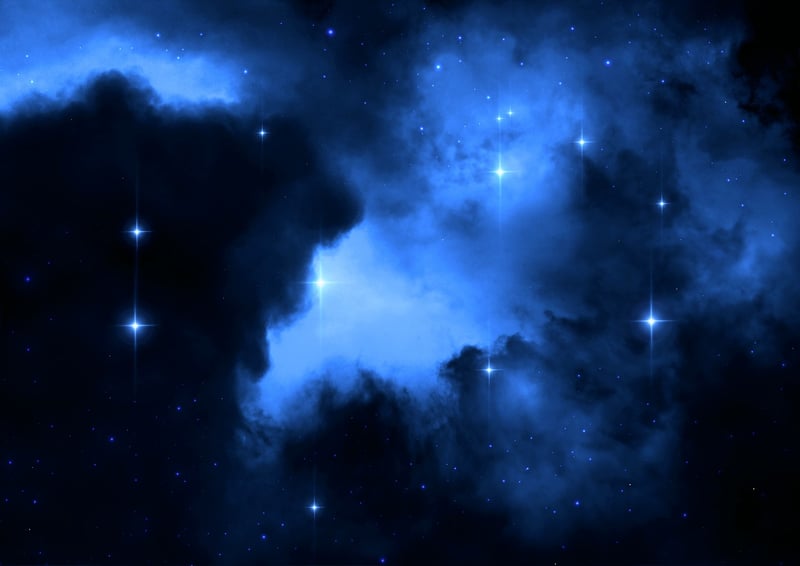Galactic Phenomena
Exploring Star Clusters and Galactic Phenomena
Introduction
Star clusters are fascinating structures in the cosmos, each containing hundreds to thousands of stars that are bound together by gravity. These clusters provide valuable insights into the formation and evolution of galaxies. Let's delve into the different types of star clusters and explore some intriguing galactic phenomena.
Types of Star Clusters
1. Open Clusters
Open clusters are groups of young stars that formed from the same molecular cloud. They are relatively loose and contain up to a few thousand stars. The Pleiades and the Hyades are well-known examples of open clusters.

2. Globular Clusters
Globular clusters are tightly packed groups of ancient stars that orbit galaxies like the Milky Way. These clusters can contain hundreds of thousands to millions of stars. Omega Centauri is one of the largest and most massive globular clusters.

Galactic Phenomena
1. Supernovae
Supernovae are powerful stellar explosions that occur at the end of a star's life cycle. These events release an immense amount of energy and can outshine entire galaxies for a brief period. Supernovae play a crucial role in the formation of heavy elements in the universe.
2. Black Holes
Black holes are regions in space where gravity is so intense that nothing, not even light, can escape. They form when massive stars collapse under their gravity. Black holes are essential for understanding the dynamics of galaxies and the nature of spacetime.
3. Galactic Collisions
Galactic collisions occur when two or more galaxies interact gravitationally. These events can trigger the formation of new stars, distort the shapes of galaxies, and sometimes lead to the creation of massive elliptical galaxies. The collision between the Milky Way and the Andromeda galaxy is a future cosmic event.

Conclusion
Studying star clusters and galactic phenomena provides us with a deeper understanding of the universe's complexities and evolution. By exploring these cosmic structures and events, we unravel the mysteries of the cosmos and our place within it.
